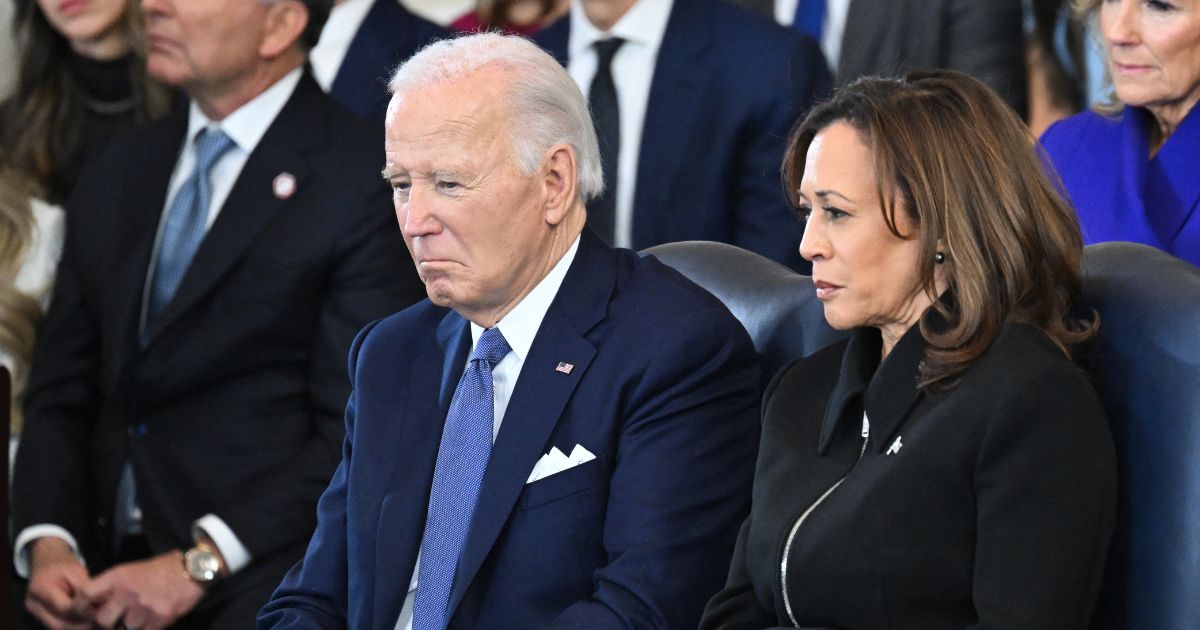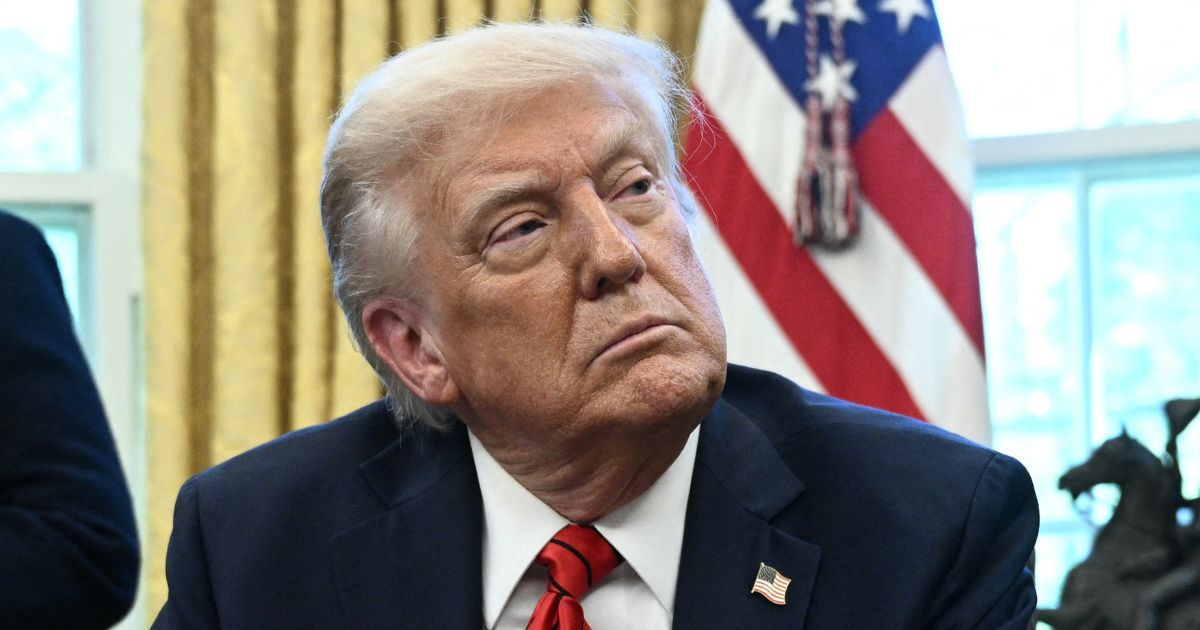House Republicans scoff at Senate for ‘unserious’ spending cut target
House Republicans are expressing skepticism towards the Senate’s commitment to significant spending cuts, branding their efforts as “unserious.” Concerns were raised during a recent House Republican conference, particularly over the Senate’s reconciliation framework, which proposes a mere $4 billion in savings—far less than the House’s previously approved target of $2 trillion in cuts to fund tax, border, and defence priorities.
Rep. Jodey Arrington, the House Budget Committee chairman, criticized the Senate’s approach, viewing it as a placeholder lacking a solid commitment. He emphasized the need for enforceable budget targets rather of vague promises. Meanwhile, Senate Budget Committee chairman Sen. Lindsey Graham stated that the process is more important than the numerical goal itself.
As Republicans in both chambers work to align their proposals, House conservatives threaten to oppose any resolution not meeting their minimum expectations, complicating the legislative process. The urgency for a unified framework is critical, as it impacts how both chambers will negotiate and implement spending reductions moving forward.
House Republicans scoff at Senate for ‘unserious’ spending cut target
The Senate’s budget headaches are spreading to the House as Republicans accuse the upper chamber of being “unserious” about cutting federal spending.
The topic of reconciliation, the legislative process Congress will use to pass President Donald Trump’s agenda, came up in Tuesday’s conference meeting of House Republicans, with Rep. Jodey Arrington (R-TX), the Budget Committee chairman, among those expressing concern to Speaker Mike Johnson (R-LA) that the Senate is not committed to deficit reduction.
The House approved a framework in February that forces $2 trillion in spending cuts to pay for Trump’s tax, border, and defense priorities, with $1.5 trillion set as the floor. The emerging Senate framework, however, would only instruct its committees to find a minimum of $4 billion in savings — a possible gap of more than $1 trillion with the House.
“I don’t feel good about what I’ve heard,” Arrington told the Washington Examiner, calling the Senate target “not serious.”
The $4 billion figure, essentially a placeholder for later cuts, is designed to give the Senate flexibility to navigate the filibuster-skirting rules of reconciliation. Once the Senate approves its framework, committees will get to work on finding the cut rate that can attract 50 votes.
That floor is expected to be substantial and may even meet the House’s goal of $2 trillion in total cuts, but Arrington expressed skepticism that the Senate will meet a benchmark that Senate Majority Leader John Thune (R-SD) called “aspirational” on Monday.
Sen. Lindsey Graham (R-SC), the Senate’s Budget Committee chairman, told the Washington Examiner last week that he is “more concerned about the process we use than the number.”
“I don’t believe anybody on either side of Congress, or of this issue, that tells you, ‘Don’t worry, we’re going to do more savings. Trust us,’” Arrington said.
“The only thing you can trust in the United States Congress and in Washington, D.C., is an airtight budget target that’s enforceable,” he added. “Everything else is just wishful thinking. And I’m tired of wishful thinking.”
That simmering suspicion is part of a compounding set of obstacles for Senate leadership as it attempts to move its budget resolution across the floor later this week. Fiscal hawks in the upper chamber are leveraging the vote, in which Thune can only afford to lose three Republicans, to make deficit-related demands of their own.
At the same time, Thune is awaiting a ruling from the Senate parliamentarian on whether Republicans can use a novel accounting technique that lets them treat Trump’s expiring 2017 tax cuts as cost-free.
Republicans are generally on board with the approach, should it be approved, but the desire for firm guidance is keeping the Senate from playing catch-up with the House. Both chambers initially wanted to have a compromise resolution approved by the end of next week.
Already, House conservatives have threatened to vote against any resolution that does not guarantee the Senate will abide by the $1.5 trillion spending cut floor, while Majority Leader Steve Scalise (R-LA) has left open the possibility that the House will revise and send back the Senate’s budget resolution if it falls short of expectations.
In a brief interview, Scalise expressed impatience with the Senate’s decision to punt questions over how to divvy up the spending cut target across the various committees of jurisdiction.
“The Senate needs to do that same process, and it’s a process you can’t short-circuit. You’ve got to put the time in,” Scalise said.
Right now, the Senate instructions would spread the $4 billion across multiple committees, sidestepping altogether the allocations laid out in the House resolution.
The $880 billion it instructs the House Energy and Commerce Committee to cut, in particular, has caused heartburn in the Senate due to the likely rollback of Medicaid it would require.
“You know, we ultimately had to come to an agreement, and we passed that bill without a vote to spare,” Scalise said. “So, they’ve got a bigger margin than us, but, you know, they need to do that – and hopefully soon.”
Not all House Republicans have expressed reservations about the Senate proposal.
“I do not care what the Senate does,” said Rep. Tim Burchett (R-TN), one of the chamber’s Republican fiscal hawks. “Everybody gets all worked up over that. We ought to do what we do, send it over — that’s how you negotiate.”
“The Senate always has their own ideas,” added Rep. Jason Smith (R-MO), who runs the House’s tax-writing panel. “It’ll all work out. We’re gonna get it done.”
Still, Republicans in both chambers must approve a compromise framework before committees can begin hashing out the details of their reconciliation plans. In the House, Johnson can only afford to lose a couple of votes due to his razor-thin control of the chamber, meaning the Senate will have to account for pushback from every corner of Capitol Hill.
Another House conservative, Rep. Marjorie Taylor Greene (R-GA), called the idea of the Senate moving forward without a spending target “completely unacceptable,” even as she acknowledged that the chamber is dealing with a different set of constraints.
“The filibuster being 60 makes everything complicated over there. So certainly, you know, we have compassion for that,” said Greene, the chairwoman of the House’s Department of Government Efficiency subcommittee. “But the reality is, we have to cut spending. If they don’t want to hit $2 trillion, they need to be talking somewhere at 1 or more. But to say they’re doing none of it is ridiculous.”
SCHUMER’S GRIP ON NEW YORK LOOSENS UNDER TRUMP 2.0
Arrington similarly expressed sympathy for Johnson, who has held rolling conversations with Thune on how to act quickly without sacrificing GOP unity. Both leaders will meet with their top tax writers and the Trump administration on Tuesday for another meeting of the Big 6, a group that includes Treasury Secretary Scott Bessent and top economic adviser Kevin Hassett.
“The speaker shares my sentiments on what we desire from the Senate in response to our budget resolution. He shares my sentiments, and I think he believes them at his core,” Arrington said. “He has to manage the politics of our chamber and the upper chamber, so I respect that, and just – he has more he has to deal with. He has a greater burden and a broader set of considerations.”
" Conservative News Daily does not always share or support the views and opinions expressed here; they are just those of the writer."





Now loading...